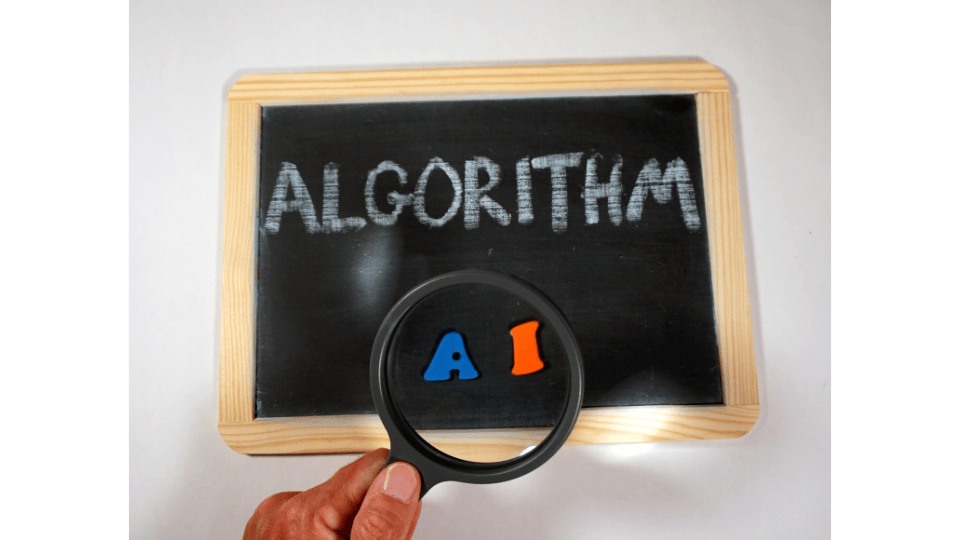In the rapidly evolving field of artificial intelligence and machine learning, unsupervised learning algorithms have emerged as a pivotal component in data analysis and pattern recognition. These algorithms not only facilitate the exploration of vast datasets but also enable businesses to gain insights that were previously unattainable. In this article, we will delve into the intricacies of unsupervised learning algorithms, exploring their popular examples, applications, challenges, and future trends.
Unsupervised learning algorithms represent a pivotal aspect of machine learning, focusing on the analysis of unlabeled datasets. Unlike supervised learning algorithms, where models are trained on labeled datasets with explicit outputs, unsupervised learning seeks to uncover hidden patterns and structures within the data without any predefined labels. This unique capability makes unsupervised learning particularly valuable in scenarios where data is abundant but labels are scarce or expensive to obtain.

The essence of unsupervised learning lies in its ability to autonomously identify groupings or clusters within a dataset. For instance, when presented with a collection of customer data, an unsupervised learning algorithm can segment customers into distinct groups based on purchasing behavior, demographics, or preferences, all without any labeled examples. This capability is invaluable in various fields, including marketing, finance, and healthcare, where understanding the natural groupings within data can lead to more informed decision-making.
Furthermore, unsupervised learning serves as a foundational technique for more complex machine learning tasks, often acting as a precursor to supervised learning by providing insights that can enhance model performance.
One of the most widely used unsupervised learning algorithms is K-Means Clustering, which partitions data into K distinct clusters based on feature similarity. This algorithm is particularly effective for market segmentation and anomaly detection, allowing businesses to identify patterns and outliers in their data.
Another notable algorithm is Hierarchical Clustering, which builds a tree of clusters and is often employed in genetic research to analyze DNA patterns, showcasing its versatility across different domains.

Principal Component Analysis (PCA) is another essential unsupervised learning algorithm that reduces the dimensionality of data while preserving variance. By transforming a large set of variables into a smaller one, PCA simplifies data visualization and analysis, making it invaluable in fields like image processing and finance.
Additionally, t-Distributed Stochastic Neighbor Embedding (t-SNE) is a powerful technique for visualizing high-dimensional data in a two or three-dimensional space, often used in exploratory data analysis.
Lastly, the Apriori algorithm, primarily known for association rule learning, is also categorized under unsupervised learning, helping to uncover relationships between variables in large datasets.
These algorithms collectively illustrate the breadth and depth of unsupervised learning, each serving unique purposes across various applications.
One of the most notable benefits of unsupervised learning algorithms is their ability to self-organize data without the need for labeled inputs. This self-organization allows these algorithms to identify patterns and structures within the data autonomously, making them particularly useful for exploratory data analysis.

Additionally, unsupervised learning algorithms excel in data density estimation, which helps in understanding the distribution of data points across various dimensions, thereby revealing insights that may not be immediately apparent.
Another significant benefits of unsupervised learning algorithms is their capability for feature extraction. By analyzing the inherent structure of the data, these algorithms can identify the most relevant features that contribute to the underlying patterns. This not only aids in reducing the dimensionality of the dataset but also enhances the performance of subsequent machine learning tasks.
Furthermore, unsupervised learning encompasses various techniques such as clustering, association rules, and dimensionality reduction, each serving unique purposes and applications.
One of the most significant issues of unsupervised learning algorithms is the lack of labeled data, which makes it difficult to evaluate the performance of these models. Unlike supervised learning, where the output is known and can be used for training, unsupervised learning relies solely on input data, leading to challenges in interpreting results. This absence of labels can result in overfitting, where the model learns noise in the data rather than the underlying patterns, complicating the analysis and application of the results.
Another challenge is determining the correct number of clusters in clustering tasks. Many algorithms, such as K-means, require the user to specify the number of clusters beforehand, which can be a daunting task without prior knowledge of the data structure.
Additionally, unsupervised learning algorithms are often sensitive to the quality of the input data; noise and outliers can significantly affect the outcomes. The computational intensity of these algorithms can also pose scalability issues, particularly when dealing with large datasets or high-dimensional data, making it essential for practitioners to carefully consider the algorithm’s suitability for their specific use case.
One of the most prominent applications of unsupervised learning algorithms is in clustering, where algorithms like K-means and hierarchical clustering are employed to group similar data points. This is particularly useful in market segmentation, where businesses can identify distinct customer groups based on purchasing behavior, enabling targeted marketing strategies.
Additionally, unsupervised learning plays a crucial role in image and video analysis, where it can automatically categorize visual content, making it easier to manage large datasets without manual labeling.
Another significant application of unsupervised learning algorithms is in anomaly detection, which is vital for identifying unusual patterns that may indicate fraud or security breaches. In cybersecurity, these algorithms can analyze network traffic to detect anomalies that suggest potential threats, thereby enhancing security measures.
Furthermore, unsupervised learning is instrumental in dimensionality reduction techniques, such as Principal Component Analysis (PCA), which simplifies complex datasets while preserving essential information. This is particularly beneficial in fields like genomics and neuroscience, where researchers analyze high-dimensional data to uncover hidden patterns and relationships.
In conclusion, unsupervised learning algorithms are a key aspect of machine learning, uncovering hidden patterns in unlabeled data for applications like market segmentation and anomaly detection. Despite challenges in performance evaluation and overfitting, advancements in techniques and computational power are expanding their potential. As researchers refine algorithms and explore new methodologies, unsupervised learning promises innovative solutions and insights, driving its growth in the evolving landscape of machine learning.